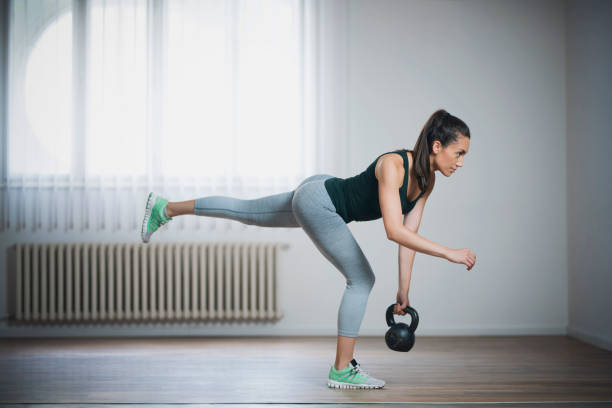9 Best Unilateral Glute Activation Exercises | Lower Body Unilateral Exercises
Unlocking Lower Body Strength: 9 Best Unilateral Glute Activation Exercises for Building Stronger Glutes
Isolating each glute muscle one leg at a time with unilateral exercises is one of the most effective ways to sculpt a rounder, lifted butt. This training method builds balanced glute strength, enhances stability through your hips and core, while preventing muscle imbalances or injuries.
In this article, we’ll unpack why activating your glutes unilaterally is so beneficial, along with 9 of the top unilateral glute moves to incorporate into your workouts. Let’s dive in!
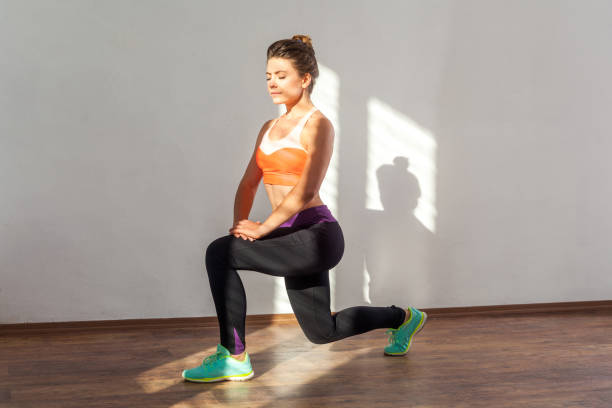
Why Train Your Glutes Unilaterally?
Here are some of the biggest reasons you should incorporate unilateral glute moves:
Prevents Muscular Imbalances
Most people have a dominant, stronger side. Unilateral training ensures you properly work each glute muscle equally to prevent asymmetry or imbalances over time.
Activates Glutes More Intensely
With unilateral exercises, your weaker side can’t rely on your stronger side to do more work. This leads to better glute activation and strength gains.
Builds Lower Body Stability
Balancing on one leg while working your glutes deeply engages those smaller stability muscles essential for coordination, preventing injury and balancing.
What Glutes Do These Exercises Target?
These unilateral moves primarily target your:
- Gluteus Maximus - Largest, most superficial glute muscle
- Gluteus Medius - Crucial for pelvic/hip alignment and stability
- Gluteus Minimus - Rotates thigh outward; stabilizes hip joint
Now let’s get to the top unilateral glute exercises for really isolating and strengthening your glutes!
9 Best Unilateral Glute Moves
1. Single-leg Glute Bridge
This simple yet challenging exercise isolates each glute muscle one leg at a time while building core stability.
How To Perform:
- Lie face up, one leg bent 90°, other straight
- Drive through heel, push hips up
- Squeeze glute at top, lower with control
- Repeat each side for 10-15 reps
Tips:
- Push evenly through grounded heel
- Keep core tight to prevent arching
- Don’t let grounded leg drop inward
2. One-leg Romanian Deadlift
This move heavily engages your glute to stabilize your hip as you hinge forward while balancing on one leg.
How To Execute Properly:
- Hold dumbbell, shift weight to one bent leg
- Maintain flat back as you hinge at hips
- Slowly lower dumbbell towards floor
- Squeeze glute to return to start position
- Repeat 10-12 times then switch legs
Helpful Cues:
- Keep shoulders retracted + core braced
- Don’t round lower back as you hinge
- Push hips back to stand back up
3. Single-leg Hip Thrust
This challenging variation isolates each glute and forces your core to work hard for stabilization.
How To Do It:
- Sit on ground, back against bench
- Raise one leg, foot lightly contracted
- Push grounded hip up while squeezing glute
- Lower under control, repeat for 10-12 reps
- Switch legs
Tips For Proper Form:
- Maintain straight line from knees to shoulders
- Drive through heel, don’t turn knee inward
- Keep core engaged throughout
4. Barbell Bulgarian Split Squat
This dynamic unilateral lower body exercise heavily engages your front leg glute while improving balance and coordination.
How To Execute It Correctly:
- Stand split stance, one foot forward on bench
- Contract glutes and core, torso upright
- Quickly tap back foot on floor behind you
- Return to start and repeat for 10-12 controlled reps
Helpful Reminders:
- Initiate movement from glutes, not quads
- Keep majority of weight in front heel
- Torso remains upright entire time
5. Glute Kickback
This isolation move targets your glutes through their full range of motion while balancing on the opposite leg.
How To Perform It Properly:
- Balance on right leg, hinge at hips
- Keeping knee at 90 degrees, extend left leg
- Flex glute to draw left leg back in
- Repeat controlled reps on each side
Helpful Form Tips:
- Maintain flat back throughout
- Squeeze glute at full extension
- Control return phase; don’t swing leg
6. Unilateral Hip Abduction Machine
This machine targets your outer glutes in isolation for rounder, stronger hips and thighs.
Proper Form:
- Stand in machine with leg pad aligned to outside of knee
- Press outward until legs form wide V-shape
- Slowly return to start position with control
- Repeat for 10-15 reps on each side
Helpful Reminders:
- Keep toes pointed forward
- Maintain upright, neutral spine
- Exhale as you press legs outward
7. Long Leg March
This challenging bodyweight move trains hip stability, balance and outer glute strength.
How To Execute It Correctly:
- Balance on right leg, lift left knee
- Keeping knee bent, raise leg as high as possible
- Slowly lower left leg with control
- Complete 10-15 controlled reps then switch sides
Execution Tips:
- Contract glutes to lift leg higher
- Maintain neutral spine alignment
- Engage core for better balance/stability
8. Lateral Lunge
This dynamic unilateral exercise targets your glute medius, improving hip mobility and knee stability.
Proper Form Cues:
- Stand tall, take wide step sideways
- Keep stance leg straight as hips push back
- Drive through heel back to center
- Repeat controlled reps on both sides
Helpful Reminders:
- Keep torso upright entire time
- Really sit hips back to engage glutes
- Keep knees facing forward
9. Walking Lunge
This full range of motion exercise builds serious lower body strength while challenging your balance and coordination.
How To Properly Execute:
- Step forward with right leg into lunge
- Drop hips straight down until thighs parallel
- Drive up through right heel then step through into next rep
- Repeat sequence controlled reps on each side
Helpful Form Tips:
- Keep torso upright from start to finish
- Maintain weight in front leg heel
- Don’t let front knee cave inward
There you have it - 9 unilateral glute exercises that will ignite your glutes, improve balance/stability, build strength and address any muscular imbalances.
I highly recommend incorporating at least a few of these movements into your regular training routine!
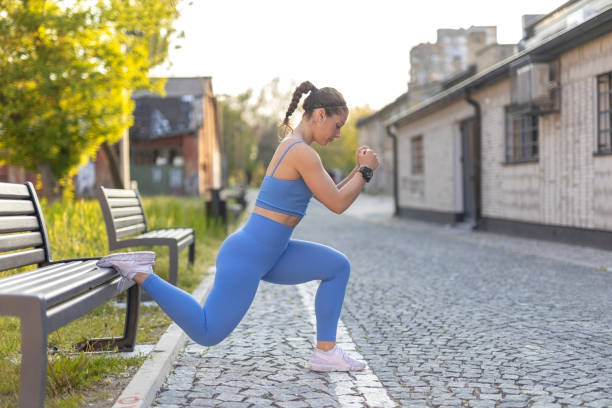
Quick Summary Of Unilateral Glute Exercises:
- Single-leg Glute Bridge
- One-leg Romanian Deadlift
- Single-leg Hip Thrust
- Bulgarian Sprinter Squat
- Glute Kickback
- Unilateral Hip Abduction Machine
- Long Leg March
- Lateral Lunge
- Walking Lunge
Start mixing more single leg training into your workouts for rounder, stronger glutes and balanced lower body development!
What are your favorite unilateral glute building moves?
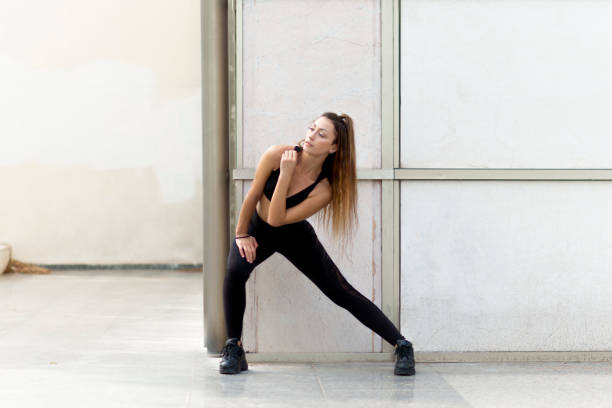
Frequently Asked Questions
What are unilateral exercises?
Unilateral exercises work one side of the body at a time. They target each leg or arm individually, rather than working both simultaneously like squats or push-ups.
Unilateral training builds balanced strength, enhances stability, and prevents muscular imbalances or injuries.
Why should I incorporate more single leg exercises?
Single leg movements like the Bulgarian split squat and reverse lunge better isolate each glute muscle. This builds strength evenly between both sides.
Balancing on one leg also greatly improves overall stability and coordination.
What are the 5 best unilateral lower body exercises?
The top 5 unilateral leg exercises are:
- Reverse lunge
- Lateral lunge
- Rear foot elevated split squat
- Step-up
- Single-leg deadlift
These moves challenge your balance while working your quads, hamstrings and glute muscles unilaterally.
How much weight can I use for single leg training?
Start with just your bodyweight to get the positioning down. Once balanced and stable, you can progress to holding light dumbbells in each hand or a kettlebell if performing single arm moves.
Take it slow initially when adding load to unilateral exercises.
What muscles do Bulgarian split squats target?
The Bulgarian split squat heavily engages your front leg gluteus maximus as you drive up from the bottom position. The rear leg glute and hamstrings work isometrically to stabilize your hip and balance. Quads are secondary movers.
How wide should my stance be during a reverse lunge?
Use a hip-width stance for reverse lunges. Step straight back with one leg, dropping your hips until both knees form 90 degree angles. This maximizes glute activation. Wider or narrower stances shift emphasis to other muscles.
Why are pistol squats so challenging?
The pistol squat requires extreme hip mobility, balance, coordination and unilateral leg strength to perform.
As you lower down, your front leg must produce enough strength while stabilizers engage to hold the bottom position. This makes it one of the hardest single leg moves.
How can I incorporate more unilateral training?
Start by swapping one bilateral move per workout for a unilateral alternative. Over time, build up to doing 2 unilateral exercises for each major muscle group.
You can also use single arm dumbbell pressing moves, staggered stance exercises like a split squat, or add instability to engage those small stabilizers even more.
Should I feel unilateral exercises in my glutes?
Yes! Properly performed unilateral lower body exercises should initiate the movement through your glutes, not quads. You may feel the burn more towards the bottom range or end of a set when fatigue sets in. Squeezing the glute at the top helps establish that mind-muscle connection.
I hope these tips help explain the value of incorporating unilateral exercises for building strong, stable glutes from all angles! Let me know if you have any other questions.
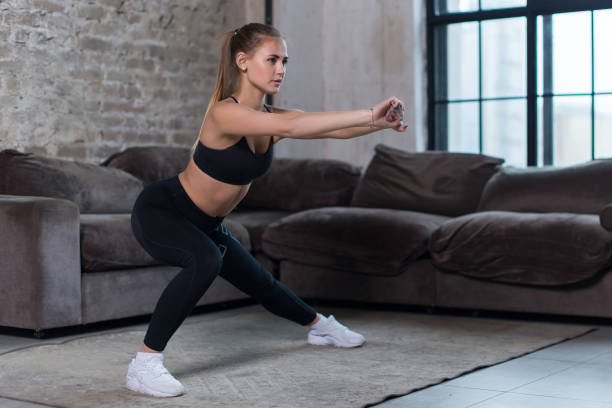
Crafting Optimal Lower Body Programming
As a personal trainer, I'm always seeking the most effective exercises to help clients achieve their aesthetic goals. When it comes to sculpting a rounded, lifted butt and strong legs, unilateral (single leg) moves are essential.
Lower Body Unilateral Exercises
I consider single leg squats, lunges, and step-ups the foundation for superior glute development. By isolating each side, these moves build incredible hip stability and strength through fuller ranges of motion compared to bilateral lifts alone.
I love coaching clients through bulgarian split squats, rear foot elevated split squats, and weighted walking lunges to ignite their glutes and light up their legs.
Dumbbell Unilateral Training
Adding load via dumbbells while performing unilateral lower body moves increases the challenge substantially. Goblet reverse lunges and offset rack Bulgarian split squats are two of my favorites!
Dumbbells also allow single arm upper body pressing and rowing on one leg to integrate more stability work.
Unilateral Movements
The king and queen of unilateral glute exercises are the step-up and hip thrust.
Powerfully driving through the grounded leg during step-ups builds serious explosive strength.
Meanwhile, the single leg hip thrust grinds those glutes through a brutally deep range of motion.
Step-Ups
Box step-ups with a dumbbell in each hand function as a unilateral loaded squat variation that delivers insane results.
Exaggerate that hip extension as you finish each rep on top of the box for maximum glute activation.
Single-Leg Training
I'm constantly cuing proper unilateral form with my clients - driving through the heel, maintaining a neutral spine, and avoiding knee cave are all crucial technique points. Building unilateral bodyweight strength first allows us to safely progress into more advanced loaded single leg training.
This unilateral programming has produced insane glute and leg development with the added bonus of improved balance and stability.
I can't recommend enough that all my clients incorporate unilateral work - the results speak for themselves!
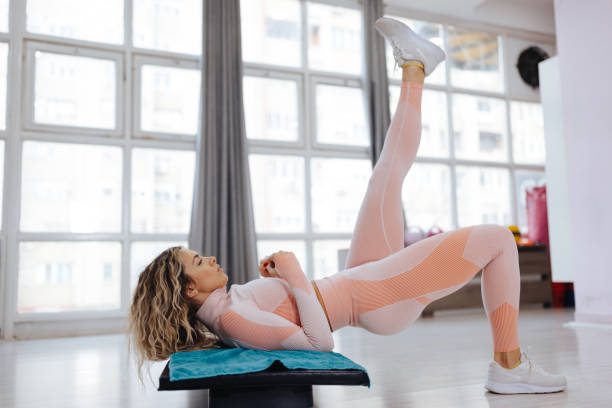
References:
- Bolgla, Lori A., and Richard M. Uhl. "Rehabilitation Exercises for the Gluteus Medius Muscle Segments: An Electromyography Study." Journal of Orthopaedic & Sports Physical Therapy, vol. 35, no. 12, Dec. 2005, pp. 754–759. https://journals.humankinetics.com/view/journals/jsr/28/8/article-jsr.2018-0340.xml.xml
- Escamilla, Rafael F., et al. "The Effects of Performing Integrated Compared to Isolated Core Exercises." Journal of Strength and Conditioning Research, vol. 24, no. 4, Apr. 2010, pp. 1032–1043. https://journals.plos.org/plosone/article?id=10.1371/journal.pone.0212216
- Contreras, Bret, et al. "Gluteus Maximus Activation during Common Strength and …" Journal of Strength and Conditioning Research, vol. 27, no. 9, Sept. 2013, pp. 2293–2302. https://jssm.org/volume19/iss1/cap/jssm-19-195.pdf
- Gottschall, Jinger S., et al. "Electromyographic Activity in the Gluteus Medius, Gluteus …" Medicine & Science in Sports & Exercise, vol. 41, no. 5, May 2009, pp. 1146–1154. https://journals.plos.org/plosone/article?id=10.1371%2Fjournal.pone.0230841

